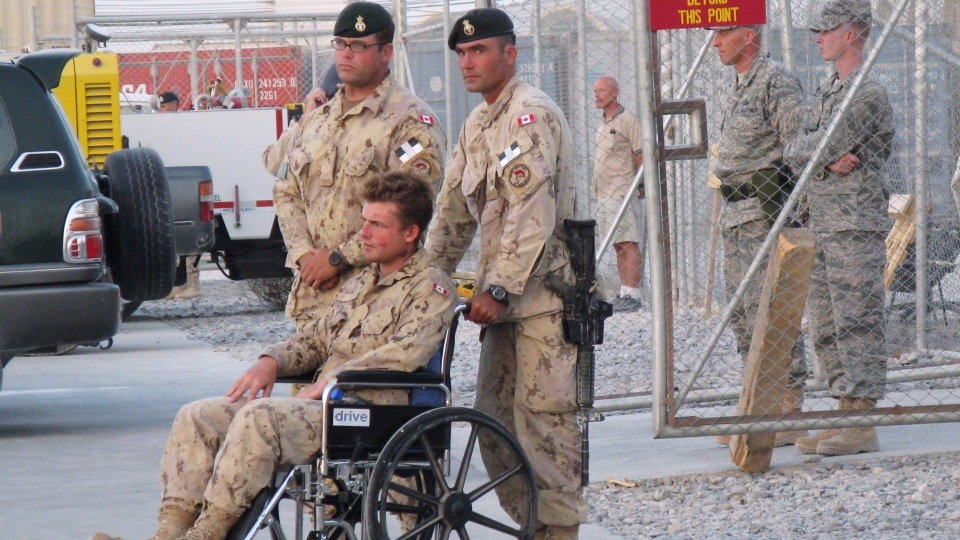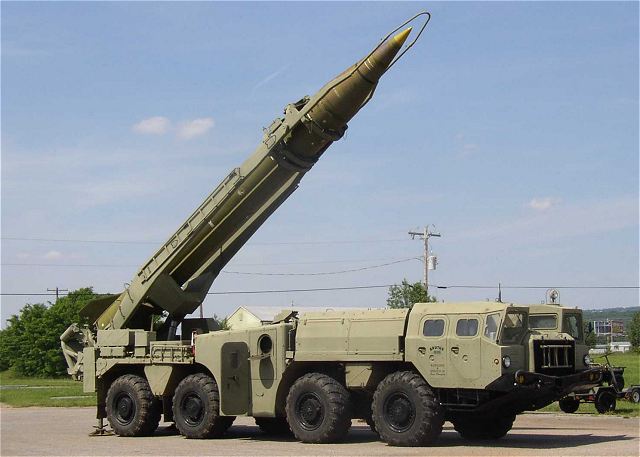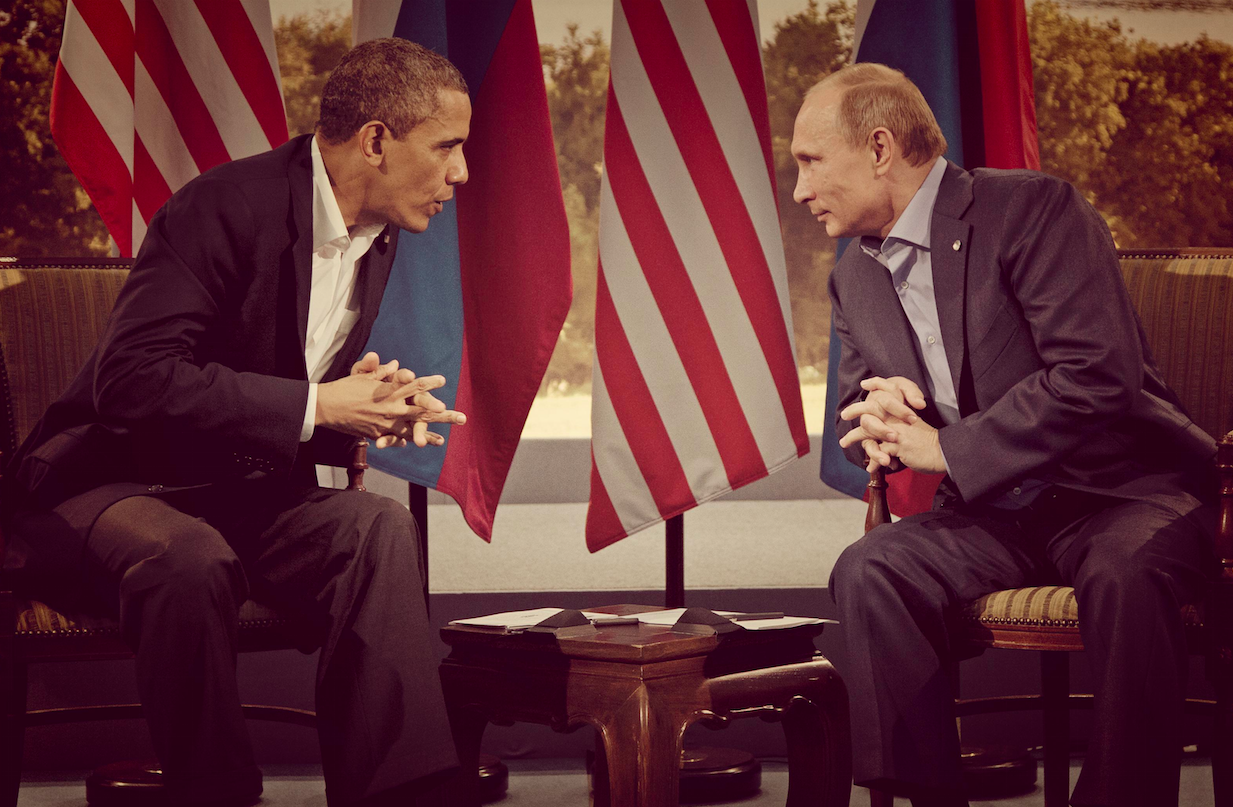In the aftermath of Canada’s mission in Afghanistan, it is important to reflect on the state of the Canadian Armed Forces and potential areas for improvement. Reportedly, Canada has approximately 68,000 full-time soldiers in the Regular Forces and 24,000 Reservists. During the 2015 federal election campaign, the Conservative Party has committed to expanding the Canadian Armed Forces Primary Reserve by 25%, recruiting an additional 6,000 soldiers by the end of 2019. While expanding opportunities for military service among Canadians is laudable, this ignores the challenges of retention and avoids a very pressing issue: is Canada making effective use of its veterans?
Between 2006 and 2014, there were more than 45,000 veterans in Canada, according to statistics from Veteran Affairs Canada. While it is unclear how many of these veterans are soldiers dismissed from service due to wounds sustained during recent operations in Afghanistan and elsewhere, there are undoubtedly more than a few who have succumbed to the ‘Universality of Service’ requirement. According to Section 33(1) of the National Defence Act, “The regular force, all units and other elements thereof and all officers and non-commissioned members thereof are at all times liable to perform any lawful duty.” As such, every Canadian Armed Forces member must be physically capable of engaging in even the most gruelling combat duties, regardless of their military occupation, effectively discounting any soldier who has lost a limb or suffered an impairment in the line of duty.
Yet there may be opportunities to draw upon the skills, abilities, and sense of duty shown by Canada’s wounded veterans. As delays in the acquisition of new maritime helicopters and the Royal Canadian Navy’s repeated setbacks have so aptly demonstrated to the Canadian public, defence procurement is not what it could be. A research paper issued by the Conference of Defence Associations Institute (CDAI) in January 2015 illustrates how these procurement mishaps are caused at least in part by under-staffing in the relevant sections at National Defence Headquarters (NDHQ). A proposal from Steve Daly, a Canadian Armed Forces veteran and writer for the Canadian American Strategic Review, could address both the challenge of an under-staffed NDHQ and a military that too quickly casts aside its wounded. Specifically, Section 33(1) of the National Defence Act could be amended through another Act of Parliament so as to distinguish between operational and non-operational roles. Those wounded in the course of their duties could be moved to a non-operational role, exempting them from the Universality of Service requirement, and provide support to Defence Procurement, or other DND areas. In the course of that posting at NDHQ, the wounded veteran could then be prepared for life in the civilian workplace a role in the Primary Reserve, or a continued non-operation role in DND or Veterans Affairs. Of course, this would also require some changes to how CAF personnel are counted, distinguishing between deployable and non-deployable personnel so as not to mislead the Canadian public as to the extent of the country’s force projection.
Regardless of whether Canada’s next government pursues such amendments to the National Defence Act, future efforts to expand the Canadian Armed Forces should account for both recruitment and retention. Recognizing the potential for continued contribution from wounded veterans won’t match the Conservatives’ proposed target of 30,000 Reservists, but neither will glitzy advertisements or expanded education benefits. According to the Canadian Armed Forces’ own assessment, 4% of the military’s strength is lost each year, representing the resignation or retirement of approximately 2,300 soldiers annually. Turnover is higher among Reservists than Regular Forces personnel, which casts further doubt on the viability of expanding the Primary Reserve in just four years. Clearly, a deeper discussion is needed on how to advance recruitment and retention hand in hand, including creative proposals like those from Steve Daly.





